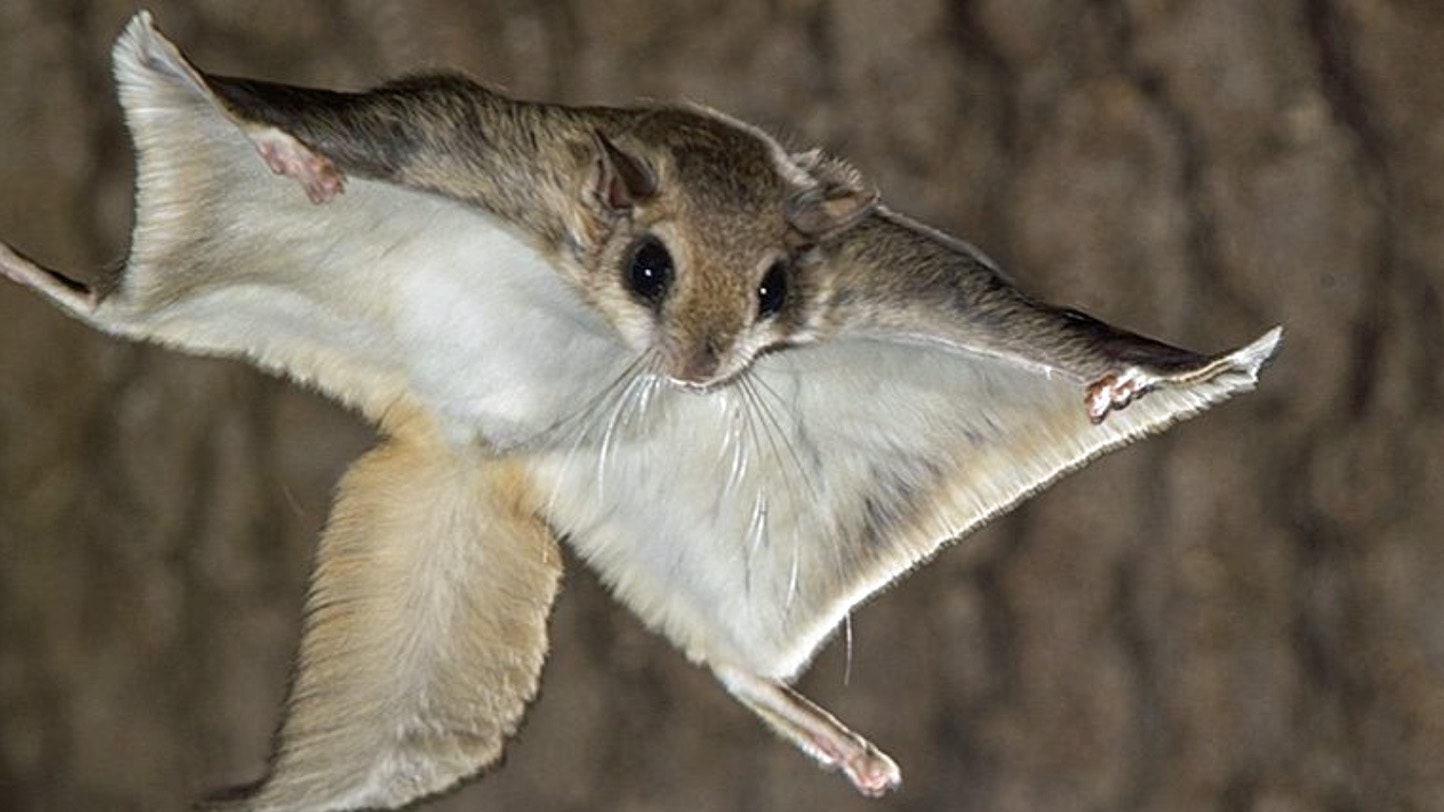There’s little chance that visitors to Yellowstone National Park will have to dodge a species of cat-sized flying squirrels discovered recently in the Himalayas. But one of the country’s leading squirrel experts said those who look closely might get a glimpse of its much smaller cousin soaring among the pines.
In fact, there are three species of flying squirrels in the Yellowstone area, according to John Koprowski, dean and professor at the Haub School of Environment and Natural Resources at the University of Wyoming. The squirrels, which can be found in the country’s western mountains and eastern United States, can fit in the palm of your hand, Koprowski said.
This means America’s flying squirrels would be dwarfed by the two species of gigantic wooly flying squirrels, which weigh in at about five pounds and are three feet in length.
The gigantic wooly squirrels were recently identified by scientists on the scraggy rock faces of the Himalayas as reported in a June 10 article of National Geographic in which Koprowski was quoted.
Koprowski, who is new to the University of Wyoming, is one of the country’s foremost experts on squirrels. He told Cowboy State Daily Friday that the discovery of the new species was exciting in that it further illuminates how much we still don’t know about the natural world and what else might be out there to still be discovered.
Flying squirrels do not actually have wings, he explained, but rather are kept aloft by a patagium, which is a furry membrane that connects their wrists and ankles and acts like a hang glider. They further use their fluffy tail as a rudder to help guide them and also have an extension on their wrist bone that flicks out like a switch blade to help them effectively steer between rock faces.
“They can actually control their flight well,” he said.
For those who may fear an infiltration of large flying squirrels from the Himalayans, that likely will never happen. The wooly flying squirrels are used to surviving at high elevations of up to 16,000 feet and would probably struggle physiologically at lower elevations given their large size and thick coats, though as Koprowski noted, there’s no way to be sure unless they’re actually tested in this environment.
Apart from the flying species, Koprowski is a big fan of squirrels in general and thinks they have much to offer in terms of conservation along with just being fascinating creatures.
He didn’t set out to become one of the world’s most renowned experts on squirrels, but more or less fell into it as kid growing up in Cleveland and later as an undergraduate at Ohio State University, Since he had no car, Koprowski was forced to study the animals he could find scampering around his suburban neighborhood or on campus.
His goal had been to study lions, tigers and bears, but it would have taken him a while to get to a place to see one. In the meantime, his knowledge of squirrels allowed him to get his masters and doctorate degrees and now, he gets to study a variety of species in the U.S. and many countries abroad with a focus on ecology, wildlife conservation and management.
But it all started with squirrels, which as he noted, can be a great way for city kids to connect natural world.
They also serve as subtle harbingers when it comes to stressors in forests and grasslands. Because squirrels are sensitive to sound, an absence of squirrels can indicate noise pollution. It can also indicate overgrown forests since they leave areas where they cannot hear or see predators.
Squirrels also play a role in natural restoration as one of nature’s foremost seed redistributors and disseminators of leafy materials, Koprowski said.
But for those who see them merely as backyard pests, Koprowski warns that given their tenacity and stellar capacity for population growth, it’s likely a losing battle for home owners wishing to eradicate the animals from their backyards.
“They usually win those battles,” said Koprowski, who also sees value in them as another wildlife species that’s just pretty cool to watch.
“The more wildlife I see, the better,” he said. “When you realize their imperfections and quirky behaviors, they’re fun to watch.”





